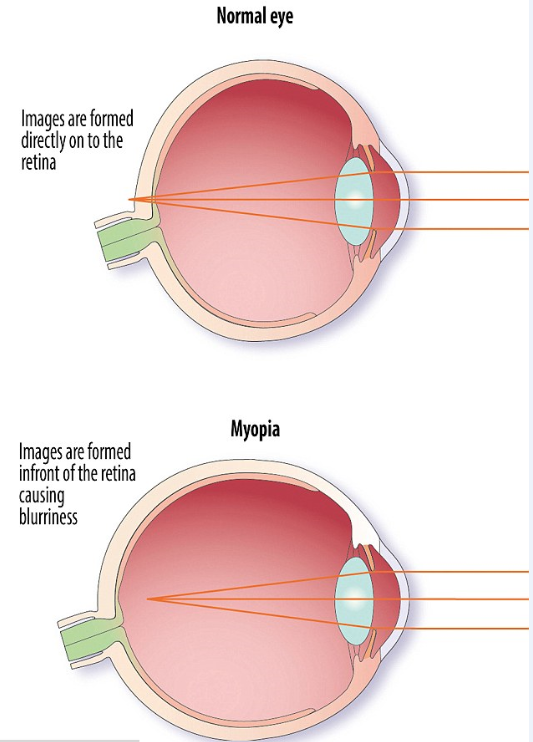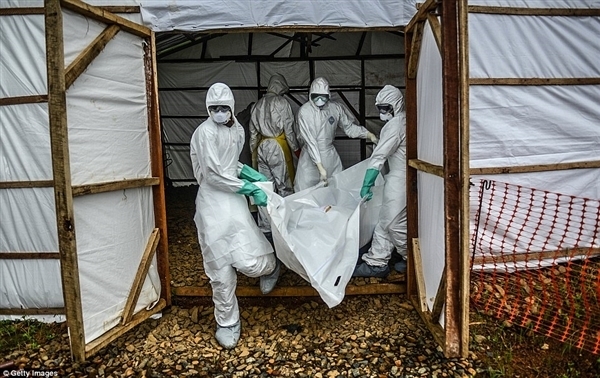应该鼓励孩子在外面玩,避免短视,专家警告。在其最严重的形式条件,也被称为近视导致远处的物体模糊不清,而近处的物体都看得一清二楚,可导致失明。而例近视有上升的趋势,一个澳大利亚的眼睛健康专家警告说,同事们都注意到的情况高度近视特别潮”。她说,环境因素在近视的发展中发挥巨大的作用。很明显,因为在一些国家的患病率暴涨几十年的问题是近视眼的大环境的驱动,”教授玫瑰说。

虽然人们过去认为近视是遗传的,很明显的快速变化,不可能是基因,它是环境因素。”强化教育制度的国家,致使孩子花费更少的时间在户外,有近视率较高,她说。最近的一项研究相比,中国儿童在悉尼与中国儿童在新加坡发现,澳大利亚的青少年有较低水平的眼部问题。悉尼中国儿童的近视水平三个百分点,比那些在新加坡29个百分点。中国澳大利亚的孩子们度过了一个星期左右13小时外,在新加坡,他们在室外约三小时。
“近视无关种族和一切与生活方式,”教授说。这种状况造成眼睛继续成长,使他们变得太长,从前面到后面。这意味着光不到达光敏感组织,视网膜,在后面的眼睛。相反,光线聚焦在视网膜的前方,导致远处的物体看起来模糊不清。自然报告,领导理论是为什么光有助于预防近视在于知道光线刺激多巴胺的释放在视网膜神经递质,这反过来块眼睛的延伸中发展。
澳大利亚近视的影响20人口的百分之约。在英国有三的人是短视的,而在美国,24人口的百分之影响。
在世界的其他地区,特别是东亚,专家警告的情况下空前高涨,风行的水平。该杂志自然90左右,中国的青少年和年轻的成年人口是短视的分报告,从10到20每60年前占总人口。与此同时,有人估计世界人口的三分之一将被诊断为这十年的结束近视。
padmaja sankaridurg,在悉尼视觉学院布莱恩·霍顿的近视项目负责人,警告说:“我们杂志选择了有近视的流行。”但罗斯教授警告说,只有有限的可用数据,需要进行更多的研究。
她说:“很多这样的传闻,它来自那些越来越关注幼儿的近视率上升的眼科。“早期的儿童成为近视就越有可能最终成为高度近视,有相当高的风险,视力障碍和失明。“如果我们看到,开始了我们非常关注。”建议六岁以下的儿童要花一个星期的户外活动有助于防止近视至少10小时。
Children should be encouraged to play outside to stave off short-sightedness, experts have warned.
In its most severe form the condition, also known as myopia which causes distant objects to appear blurred, while close objects are seen clearly, can lead to blindness.While cases of myopia are on the rise, one Australian eye health expert warned colleagues are noticing a particular surge in cases of 'high myopia'.
Research has shown rates are highest in countries where they have an intensive education regime, forcing children to spend the majority of their time indoors.
Professor Kathryn Rose, head of orthoptics at the University of Technology Sydney, said: 'We're noticing a rise in the level of high myopia, which is the problematic one.'She said environmental factors play a huge role in the development of myopia.'It's clear that there are big environmental drivers in myopia because the prevalence rate in some countries has shot up over a matter of decades,' Professor Rose said.'While people used to think myopia was genetic, it's quite clear from the rapid change that it can't be genes, it has to be environmental factors.'Countries with intensive education regimes, resulting in children spending less time outdoors, have higher rates of myopia, she noted.
A recent study that compared Chinese children in Sydney with Chinese children in Singapore found that the Australia-based youngsters have lower levels of eye problems.
The level of myopia amongst the Sydney Chinese children was three per cent, compared to 29 per cent for those in Singapore.In Australia the Chinese children spent around 13 hours a week outside, while in Singapore they were outdoors for around three hours.'Myopia has nothing to do with ethnicity and has everything to do with lifestyle,' Professor Rose said.The condition causes the eyes to continue to grow, causing them to become too long from front to back.It means light doesn't reach the light sensitive tissue, the retina, at the back of the eye.Instead, the rays focus in front of the retina, causing distant objects to appear blurred.
Nature reports that the leading theory as to why light helps prevent myopia lies in the idea that light stimulates the release of dopamine in the retina, and this neurotransmitter in turn blocks the elongation of the eye during development.In Australia myopia affects around 20 per cent of the population. In the UK one in three people are short-sighted, while in the US 24 per cent of the population are affected.In other parts of the world, notably East Asia, experts have warned of an unprecedented rise in cases, approaching epidemic levels.The journal Nature reports around 90 per cent of China's teenage and young adult population are short-sighted, up from 10 to 20 per cent of the total population 60 years ago.Meanwhile some estimates predict one third of the world's population will be diagnosed with myopia by the end of this decade.Padmaja Sankaridurg, head of the myopia programme at the Brien Holden Vision Institute in Sydney, warned the journal: 'We are going down the path of having a myopia epidemic.'But Professor Rose warns that with only limited data available, more research needs to be carried out.She said: 'A lot of this is anecdotal, it's coming from the ophthalmologists who are becoming more concerned about the rise of myopia in young children.'The earlier children become myopic the more likely they are to end up being highly myopic, which carries quite a high risk of visual impairment and blindness.'If we see that starting to go up we get very concerned.'It's recommended that children under six years of age should spend at least 10 hours a week outdoors to help prevent myopia.



